Video
tumblr
WATCH: Dr. Martin Luther King Jr. was assassinated 48 years ago Monday.
Chet Huntley reported the news in an NBC News Special Report, seen here.
King was in Memphis, Tenn., where sanitation workers, almost all of them black, had been on strike for weeks.
The night before he was killed, King gave the last speech of his life, the famous “I’ve Been to the Mountaintop” speech, before an audience of striking workers and their supporters.
He ended the speech by saying, “I don’t know what will happen now. We’ve got some difficult days ahead. But it really doesn’t matter to me now, because I’ve been to the mountaintop. I won’t mind. Like anybody, I’d like to live a long life. Longevity has its place but I’m not concerned about that now. I just want to do God’s will and He’s allowed me to go up to the mountain. And I’ve looked over. And I’ve seen the Promised Land. So I’m happy tonight. I’m not worried about anything. I’m not fearing any man. "Mine eyes have seen the glory of the coming of the Lord.”
The next evening, April 4, 1968, standing on the balcony of the Lorraine Motel, King was hit by a single rifle shot fired from the window of a nearby boarding house.
165 notes
·
View notes
Photo










Adorable & Otherworldly Jewelry Inspired by the Enchanted Forest
Heather, the owner of the Etsy shop called FrolicInTheForest offers a myriad of jewelry that revolve around the theme of nature.
According to Heather, she has been given the gift of inspiration, where she manifests her imagination into something tangible. As she seeks inspiration from Mother Nature, the artist has been closely studying its elements for over four years, appeasing her passion to know more about its diverse beauty. Heather’s love affair with the wilderness has been there since her childhood days, something that is reflected in each one of her creations. Her shop sells everything from hand painted jewelry to crystal-stone ones, each of the sublime pieces breathtakingly beautiful. “In the forest, there are so many small things that so often get overlooked. The things no one notices, are the ones that catch my eye. I want to highlight those things, and open people’s eyes to a new way of thinking,” says the artist.
Please your eyes my viewing her collection or buy them in their Etsy shop.
View similar posts here!
Keep reading
2K notes
·
View notes
Photo



Jim Morrison and Pamela Courson photographed by Edmund Teske, 1969.
3K notes
·
View notes
Photo
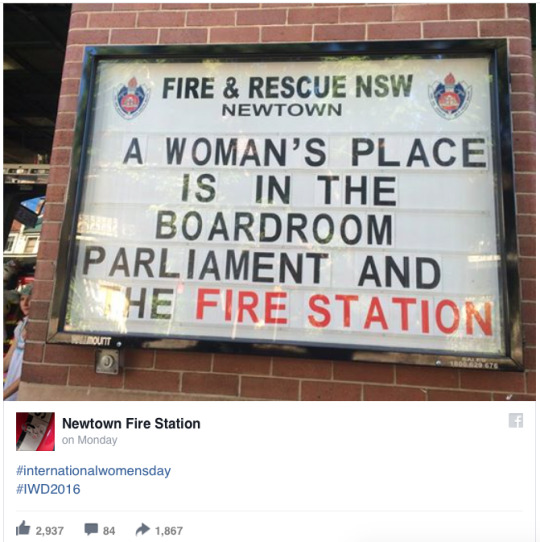



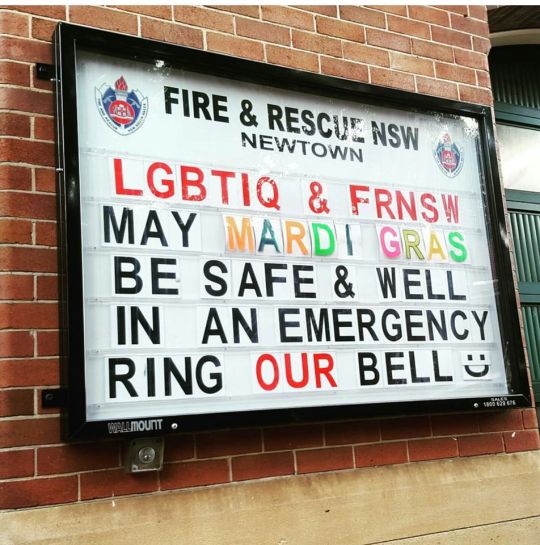


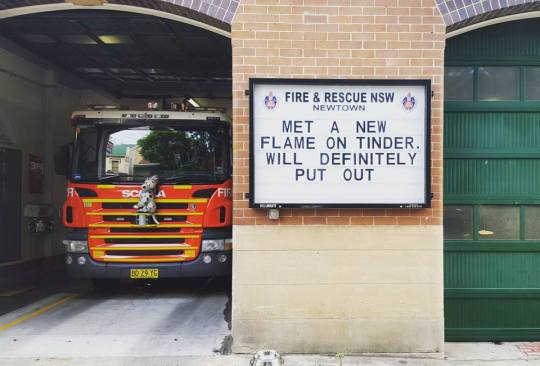

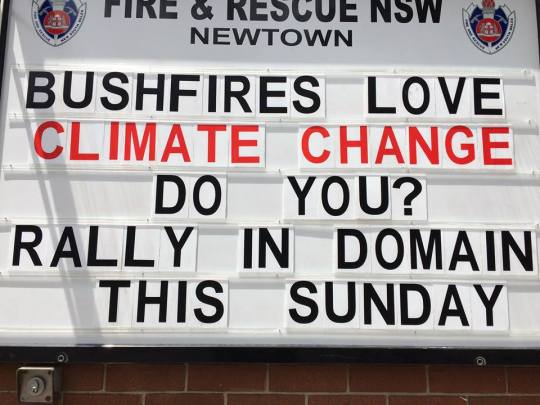





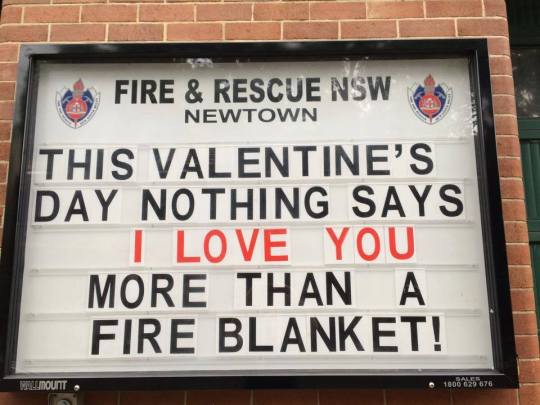
Add their awesome message for Women’s Day to the list of all the times the Newtown, Australia, fire station was the absolute best.
214K notes
·
View notes
Quote
at 17 or even 32, nobody is worth stressing over, like move on, leave people behind, go find yourself, the world is yours, life goes on.
(via bled)
397K notes
·
View notes
Text
when the group chat was lit AF last night, but you went to bed at 9:30

59K notes
·
View notes
Text
i dont understand the stereotype that women are obsessed with shoes, like have u ever met a high school boy
1M notes
·
View notes
Photo



Waterfall Bay House, Marlborough Sounds, New Zealand by Bossley Architects.
2K notes
·
View notes
Text
Ways to un-stick a stuck story
Do an outline, whatever way works best. Get yourself out of the word soup and know where the story is headed.
Conflicts and obstacles. Hurt the protagonist, put things in their way, this keeps the story interesting. An easy journey makes the story boring and boring is hard to write.
Change the POV. Sometimes all it takes to untangle a knotted story is to look at it through different eyes, be it through the sidekick, the antagonist, a minor character, whatever.
Know the characters. You can’t write a story if the characters are strangers to you. Know their likes, dislikes, fears, and most importantly, their motivation. This makes the path clearer.
Fill in holes. Writing doesn’t have to be linear; you can always go back and fill in plotholes, and add content and context.
Have flashbacks, hallucinations, dream sequences or foreshadowing events. These stir the story up, deviations from the expected course add a feeling of urgency and uncertainty to the narrative.
Introduce a new mystery. If there’s something that just doesn’t add up, a big question mark, the story becomes more compelling. Beware: this can also cause you to sink further into the mire.
Take something from your protagonist. A weapon, asset, ally or loved one. Force him to operate without it, it can reinvigorate a stale story.
Twists and betrayal. Maybe someone isn’t who they say they are or the protagonist is betrayed by someone he thought he could trust. This can shake the story up and get it rolling again.
Secrets. If someone has a deep, dark secret that they’re forced to lie about, it’s a good way to stir up some fresh conflict. New lies to cover up the old ones, the secret being revealed, and all the resulting chaos.
Kill someone. Make a character death that is productive to the plot, but not “just because”. If done well, it affects all the characters, stirs up the story and gets it moving.
Ill-advised character actions. Tension is created when a character we love does something we hate. Identify the thing the readers don’t want to happen, then engineer it so it happens worse than they imagined.
Create cliff-hangers. Keep the readers’ attention by putting the characters into new problems and make them wait for you to write your way out of it. This challenge can really bring out your creativity.
Raise the stakes. Make the consequences of failure worse, make the journey harder. Suddenly the protagonist’s goal is more than he expected, or he has to make an important choice.
Make the hero active. You can’t always wait for external influences on the characters, sometimes you have to make the hero take actions himself. Not necessarily to be successful, but active and complicit in the narrative.
Different threat levels. Make the conflicts on a physical level (“I’m about to be killed by a demon”), an emotional level (“But that demon was my true love”) and a philosophical level (“If I’m forced to kill my true love before they kill me, how can love ever succeed in the face of evil?”).
Figure out an ending. If you know where the story is going to end, it helps get the ball rolling towards that end, even if it’s not the same ending that you actually end up writing.
What if? What if the hero kills the antagonist now, gets captured, or goes insane? When your write down different questions like these, the answer to how to continue the story will present itself.
Start fresh or skip ahead. Delete the last five thousand words and try again. It’s terrifying at first, but frees you up for a fresh start to find a proper path. Or you can skip the part that’s putting you on edge – forget about that fidgety crap, you can do it later – and write the next scene. Whatever was in-between will come with time.
135K notes
·
View notes















